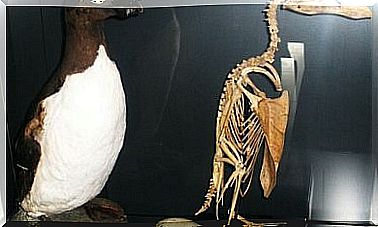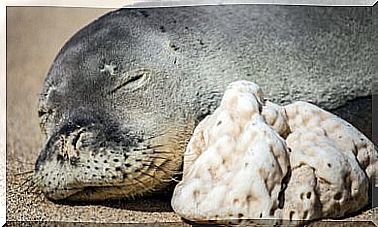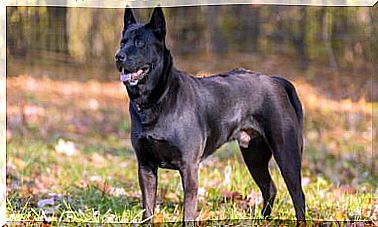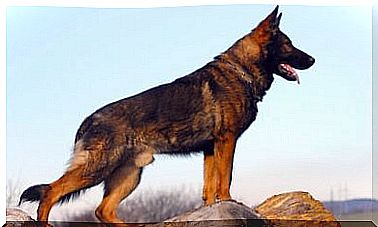Diseases Transmitted By Pigeons

The col ú mbidas can be loved or hated, according to individual taste. However, there is a long-held belief that they cause countless diseases in humans. In reality, the risk of contagion is usually very limited. In any case, we will tell you what are the main diseases transmitted by pigeons.
Some diseases transmitted by pigeons
If there are birds that enjoy bad press, those are the pigeons. Considered by many as an urban plague, the truth is that they can cause discomfort with their lullabies, their nests built in buildings and, above all, their excrement.
However, it is not common for these birds to spread conditions to people. Those most at risk are usually those who have hatcheries or lofts without proper hygienic conditions.

Here are five of the main diseases transmitted by pigeons :
-Alveoli t Extrinsic allergic is
This disease attacks the lung through an allergic reaction, causing hypersensitivity pneumonitis. The cause is found in continuous exposure to dust from the feathers or fecal material of pigeons.
Those affected -especially individuals who work in hatcheries- have a cough, fever and respiratory difficulties. There is a chronic form that produces a persistent cough and generates alterations, even irreversible, in the lung.
-Salmonellosis
Pigeon feces can also be a route of salmonella infection. The contagion occurs by consuming food that was in contact with contaminated fecal matter.
This bacteria generates food poisoning that causes fever, abdominal pain, nausea, vomiting and diarrhea. In severe cases, dehydration and even death can occur, especially if those affected are young children or the elderly.
-Histoplasmosis
Another disease transmitted by pigeons is caused by a fungus called histoplasma. This organism is found in pigeon droppings, especially in places where large amounts of faeces collect, such as roosts. Humans are spread by breathing the spores, but there is no human-to-human transmission.
Histoplamosis is usually mild and has no symptoms. In any case, it can affect more those who have the weakest immune system (children, the elderly, the sick). It mainly attacks the lungs, causing discomfort, fever, dry cough or chest pain. And, if the case is severe, the disease can spread to other organs.

-Cryptococcosis
The disease is caused by a yeast fungus present in the feces of these birds. The contagion occurs, mainly, if you are in permanent contact with the nests and the yeasts are inhaled.
Cryptococcosis affects, in particular, immunosuppressed people. At first, a lung infection usually appears with a cough, fever, malaise and sneezing with blood. The picture then leads to meningitis or meningoencephalitis.
-Psittacosis
Also called avian ornithosis or chlamydiosis, this zoonosis is transmitted by pigeons and parrots, among other birds. The contagion occurs, above all, in workers in the poultry sector and occurs, mainly, by inhaling the dust that is released from dry fecal matter and by nasal secretions.
Psittacosis can also be transmitted between people, through saliva. It presents as a febrile respiratory illness that causes headache and, in certain cases, leads to pneumonia. The bacteria, through the blood, can spread to other organs and cause, for example, digestive ailments.








